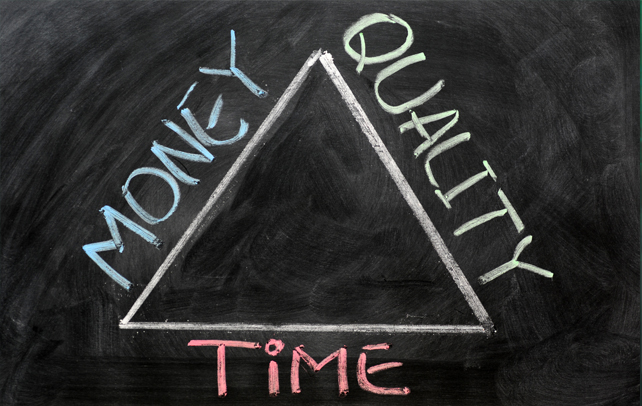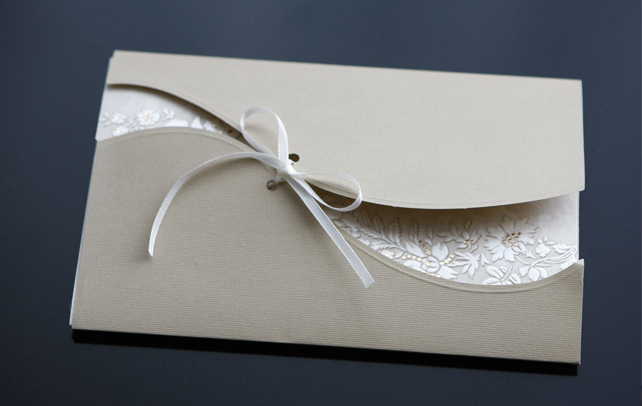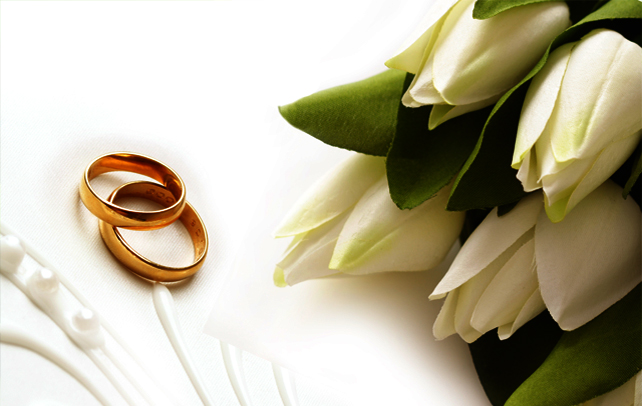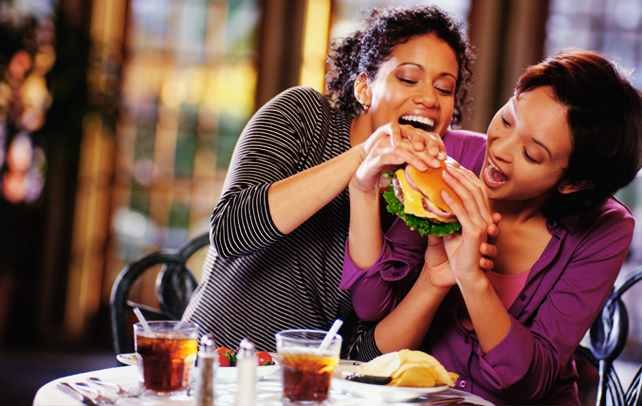How To Use Chopsticks
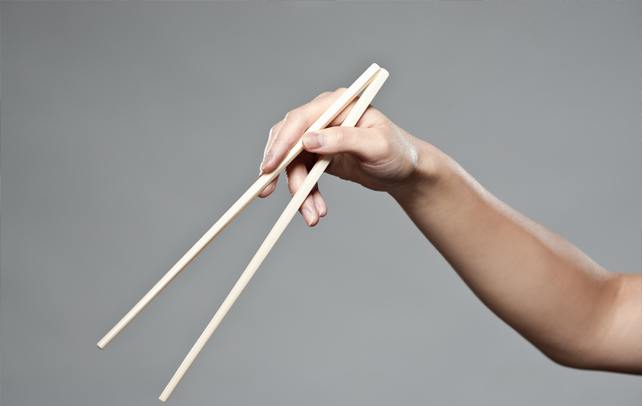
Will you eat a sandwich with a spoon or use a fork to have an ice cream? No? Why? Because every food, to taste better, must be consumed using the right vessels and cutlery! Same is the case with Chinese and Japanese foods which seem to taste better when eaten with chopsticks. The origin of chopsticks can be dated back to China, around 3000 to 5000 years ago. Widely used in Japan, China, Korea and Vietnam to eat all kinds of foods, most of the chopsticks are made of bamboo while some are also made of ivory, plastic, silver and jade. They are considered as extensions of the fingers and are considered much better than spoons and forks in their usage. Although the respective Asian communities use chopsticks as effortlessly and naturally as Europeans use forks, it doesn’t really come that easily for the rest of us. Despite the fact that most of the world thinks of them as impossible feats, chopsticks actually provides your hands with a physical affinity with the food — something that our quintessential spoons, forks and knives can never boast of. Having said that, we also acknowledge that eating with chopsticks could require some training and hence the next section that talks about how to use chopsticks.
Eating With Chopsticks
- Clasp one chopstick between your thumb and middle finger. The chopstick must be in such a position that it is placed at the base of your thumb and at the lower joint of the middle finger. While the bottom chopstick remains intact, the upper chopstick moves to grasp the food. This chopstick should not touch your forefinger.
- Keep the other chopstick between your forefingers and thumb in such a way that the side of the chopstick rests against the tip of the thumb. The top portion of the chopstick must rest against the pad of the forefinger.
- Ensure that the tip of the chopsticks lay parallel to each other.
- Place the first chopstick in a stationary position as you practice moving the second chopstick towards the first one.
- Pick the second chopstick and position it on the top, firmly between the tips of the thumb, middle fingers and index finger.
- While eating, remember to keep the bottom chopstick fixed and pick up the food using the top chopstick.
- Use the same technique to position the chopsticks around a piece of food.
- To pick up the food, straighten your index and middle fingers as much as required and move the top chopstick outward. Grab the food and you can bring the chopsticks together by curling your middle and index fingers. The basic idea here is to use the chopstick as a pivot with the thumb being the axle.
- Lift the food by leaning over, if required.
- For foods with bones such as chicken, hold the food, using a chopstick around the bone.
- Ensure that you have a steady grip while holding the chopsticks. You can check it by making sure that it does not glide around or move in your hand while you make an attempt to pick up food.
- Practice by opening and closing the chopsticks. They should not make an ‘X’ while you open and close them. Rather, both must slightly touch each other at the ends.
- Pick up the food at a 45 degree angle or an angle which is comfortable to you.
Things To Remember While Using Chopsticks
- If possible, use wood or bamboo chopsticks as plastic chopsticks are pretty greasy and harder to hold.
- Always hold the chopsticks in the middle and ensure that the ends are even and do not cross.
- Chopsticks are traditionally held in the right hand only, even by the left-handed. But nowadays, chopsticks are found in either hand though some consider holding chopstick in left-hand as improper.
- The chopsticks must be held towards their end, not in the middle or in the front.
- Remember not to stick chopsticks into your food, especially into rice. This is done only at funerals when rice is put onto the altar.
- Do not spear your food using chopsticks.
- In order to separate a piece of food into two, give controlled pressure on the chopsticks and move them apart from each other. This requires some practice. In the case of larger foods such as tempura, you need to pick up the entire piece using a chopstick and take a bite.
- If you have already eaten and used your chopsticks, use the opposite end to take food from a shared plate.
- If the table settings include chopsticks and serving spoons, use them instead of using your set.
- If you are holding chopsticks in one hand, ensure not to pick the bowl without putting the sticks down.
- Make sure that once you are done with your meal, place the chopsticks back in the paper wrap in which they came and fold up the remaining paper over. This is an indication that they are already used and makes it easier for someone to dispose it without grabbing it with their uncovered hands.
- Always remember to not use chopsticks for cutting the food materials into smaller bites. If you do not have knife, you can cut the bigger pieces into smaller ones by pressing the larger piece between the two chopsticks and tearing it in two.
In case you thought that chopsticks weren’t a big deal, you should know that poems have been written about them. Researchers at the Hong Kong Polytechnic University have also used the basic concept behind chopstick to design the Mars Rock Corer. Various researches were conducted in countries like China, regarding the usefulness of chopsticks in helping kids improve their memory and being an aid to children in learning to write Chinese. Chopsticks, more than being a medium to have food, reflect the culinary culture of China and Japan.


